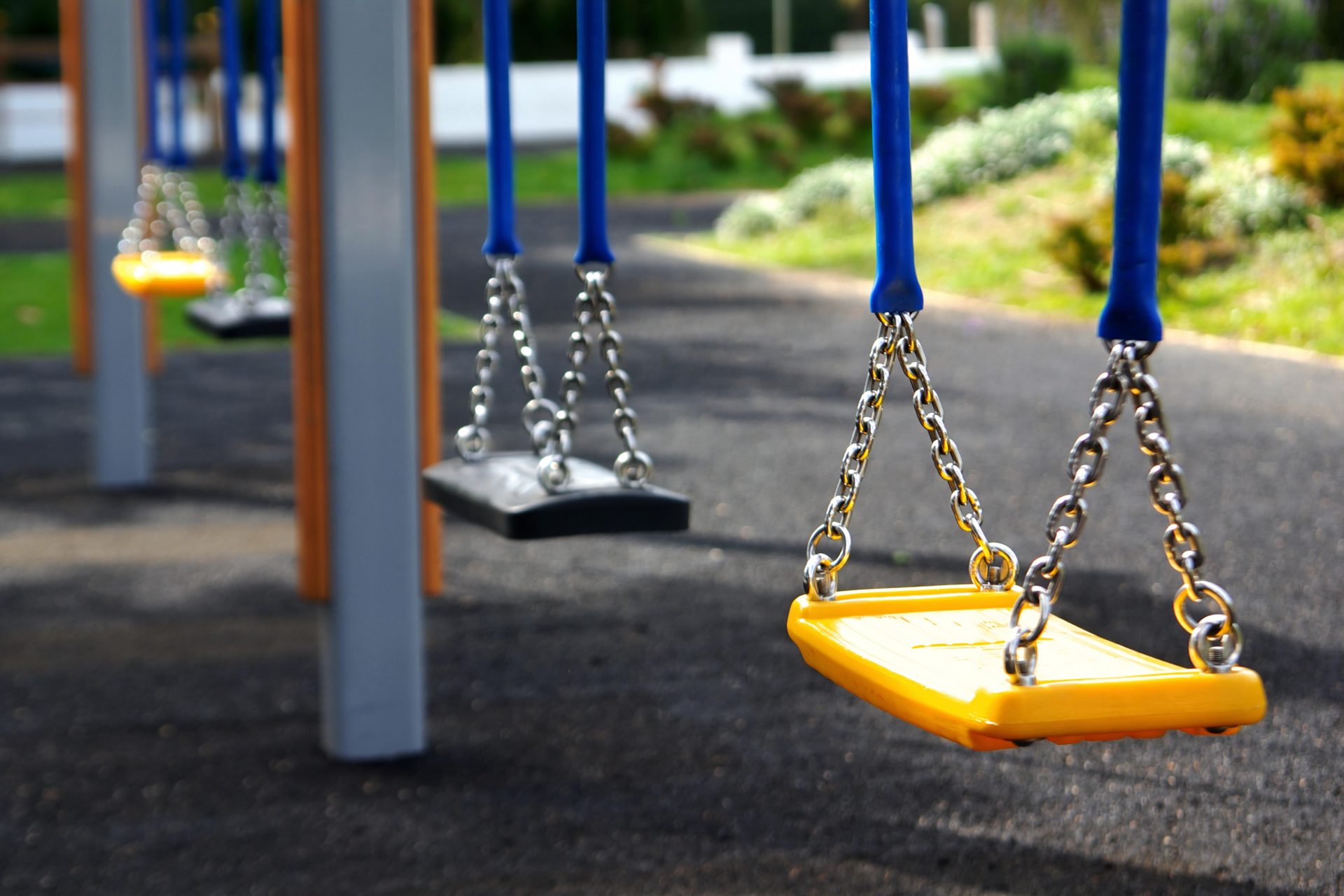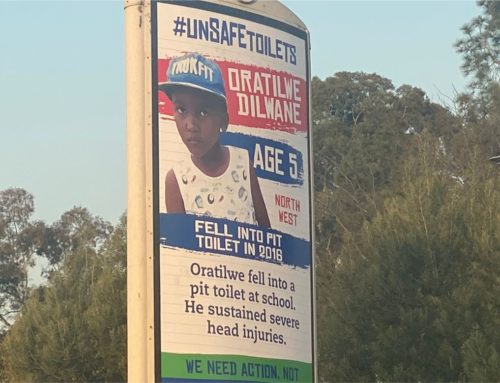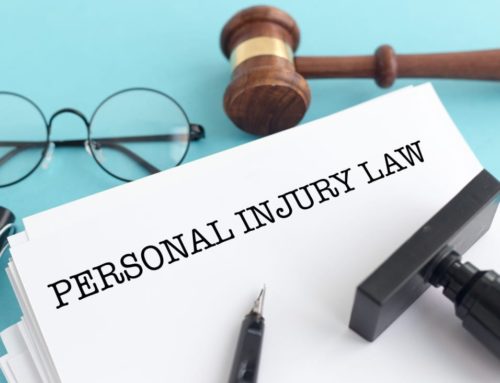It is unfortunate that the spaces created by municipalities, schools and private companies for the entertainment of children can often end up being places of danger for the innocent young children who use them. The courts have had to consider instances of injuries to children caused at water parks, playgrounds, schools, and the like when children hurt themselves at play. In order to establish liability on the part of the alleged wrongdoer, it is necessary for the guardian of the children to prove that the omission or conduct was wrongful. This is a question of public policy.
In determining this issue, the courts have had to consider many factors including but not limited to the following:
• Whether the negligent wrongdoer created a risk of harm;
• Whether the users would be immature and undisciplined;
• Whether public policy requires prevention of chaotic use, in other words, that there is order in the way the facilities are enjoyed;
• Whether the constitutional norms or the best interest of the child are at play;
• Whether in any way the imposition of a legal duty of care would result in “application of parental control” or “ an intolerable financial burden” on the alleged wrongdoer; and
• Finally, whether the conduct or omission was negligent.
Two pertinent examples are worth mentioning. The first is a story of an eight-year-old boy who was injured whilst using a slide in a water park in Durban. As he was sliding down an older boy slid behind him and bumped him causing him to fall awkwardly and injuring himself. Initially, the lower courts held that as the owners of the water park had a watchtower and the watchtower was manned, and further as the boy’s parents were not too far away, no liability could be imputed to the owners of the water park. However, on appeal, the Appeal Court held that the watchtower was too far away for any of the owner’s employees to be effective and that the slide itself, because it was limited to users under the age of 12 years, should have been supervised. The family could recover compensation.
The second example: a young boy at the edge of a cricket field is impaled by a steel post which protruded approximately 16cm above ground and which part of low barrier surrounding a young sapling tree.
The court held that the school had created a risk of harm through its positive action or conduct. It had a duty to prevent this and could have done so by using wooden stakes instead of metal posts in the playground. It went on further to say in that matter, that the teachers had a duty to prevent the harm to the children in their care. The children had a constitutional right to appropriate care when removed from their families.
Both factual examples and the law illustrate how important it is to consider each prospective playground matter carefully to decide whether or not a claim for compensation against the owner would be successful.






